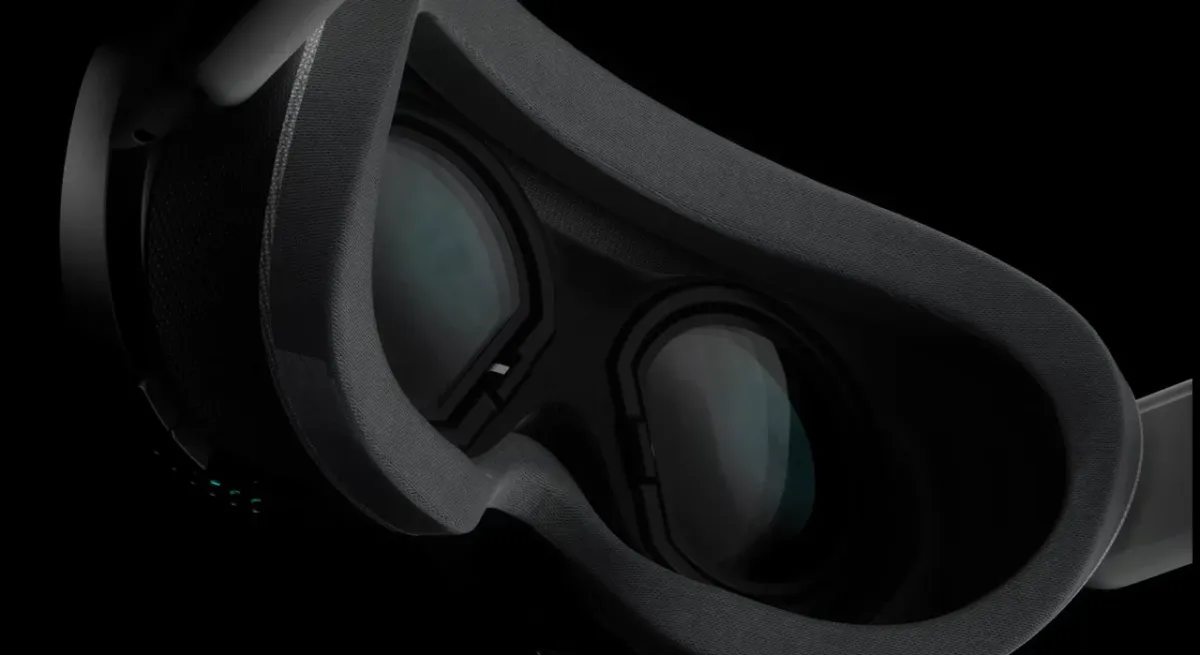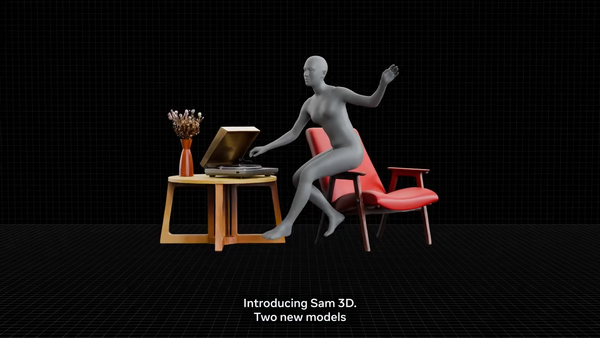Pimax Bets on In-House SLAM to Power Lightweight, Lower-Cost Dream Air SE

- Pimax debuts Dream Air SE with micro-OLED displays, SLAM tracking, and eye-tracking under $1,200.
- Updated Dream Air has enhanced visuals, optics, and tracking capabilities.
Pimax has launched the Dream Air SE, a new lightweight VR headset featuring a premium sub-150g form factor. It boasts micro-OLED panels at 2560 x 2560 per eye, integrated audio, Tobii-powered eye-tracking, hand-tracking, and SLAM-based inside-out tracking. The optics utilize tailored pancake lenses for high stereo overlap and a balanced field of view.

Available in two configurations, the Dream Air SE starts at $899 for the Lighthouse version and $1,199 for the SLAM version with controllers. Pimax stated that both versions are already in prototype testing and will ship in Q3 2025. The company emphasized the SE's role in making high-end PCVR more accessible to users through affordability and a streamlined design.
Pimax is developing its own SLAM (Simultaneous Localization and Mapping) tracking system to reduce dependence on base station setups. According to the company, its SLAM approach employs four cameras and inertial measurement to generate over a million tracking points. This method mitigates the occlusion and interference issues associated with traditional infrared systems, aiming to offer accurate, standalone tracking.
🌀 Tom's Take:
Pimax has come a long way from the Guinness World Record-setting Kickstarter campaign, evolving into a high-resolution VR leader now focused on making smart trade-offs to hit the right price and bring its powerful hardware to more users.
Source: Pimax






